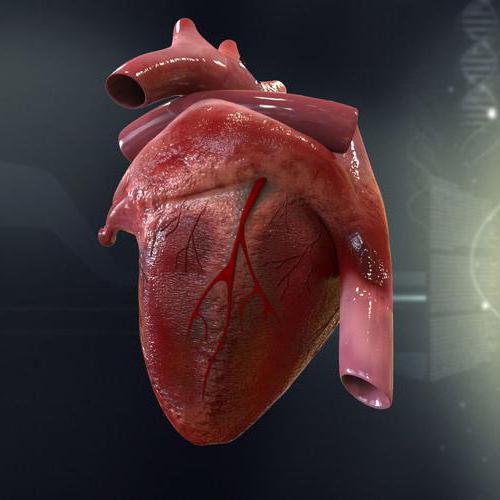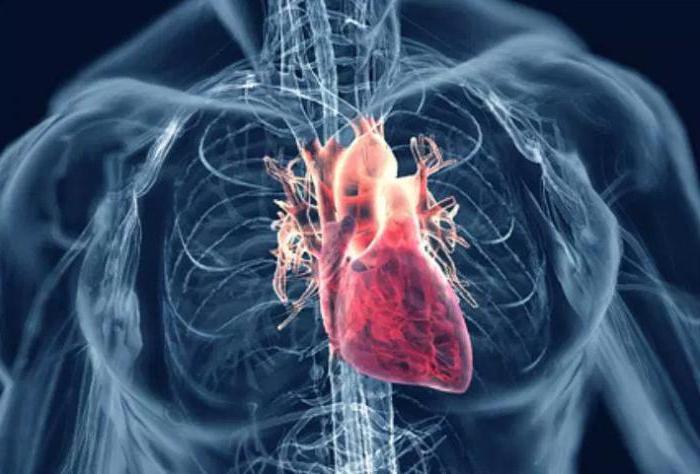The heart is a muscular organ with its own rhythm regulation system. It is represented by pacemaker cells that regulate the activity of the heart muscle. It is influenced by drugs and mediators produced by the adrenal glands. This action is described as a positive or negative inotropic, chronotropic, dromotropic or batmotropic effect.
Batmotropia and chronotropy of the heart
Batmotropia is the influence of a certain factor on cardiac activity in such a way that the excitability of pacemaker cells changes as a result. The term "excitability" refers to the ability to generate action potential. Inhibition of excitability is an increase in the threshold after which an action potential is formed. Stimulation of cardiac excitability is a decrease in the threshold value of the membrane potential above which rapid depolarization occurs. This process is called the emergence of action potential. In general terms, the term "batmotropic effect" means a change in the excitability of the myocardium.

The chronotropic effect in myocardial electrophysiology is the frequency with which the heart rhythm is formed. A positive chronotropic effect mediates an increase in the pulse generation frequency, that is, the action potential. Negative chronotropy is a decrease in the rhythm frequency. Impulse generation is the process of formation of the action potential, which forms the “order” to contract. This means that the rhythm frequency of a healthy heart means the same as the frequency of contractions.
Differences between concepts
The terms "chronotropic" and "batmotropic effect" at first seem almost identical. But there is a fundamental difference between them, which can be explained by two points. The essence of the first is that an increase in the frequency of contractions of the heart can be achieved without reducing the threshold of excitability of the pacemaker. In the same way, slowing down the contraction does not mean at all that for this it is necessary to increase the threshold of excitability, that is, to provide a negative batmotropic effect.

The second thesis boils down to the fact that a decrease in the excitability of the heart always means a decrease in rhythm. An increase in cardiac excitability also means that the rhythm frequency will increase significantly. Excitability (batmotropia) is just the ability to generate action potential. And the frequency, that is, chronotropy of the heart, is a measure of quantification in the generation of rhythm. In cardiac physiology, frequency follows excitability. The higher the excitability of the myocardium, the higher the rhythm frequency.
Inotropy and dromotropy of the heart
In the physiology of the myocardium, there are such concepts as inotropic and dromotropic effects. Inotropy is the force of contraction of a muscle cell, and dromotropy is conduction, that is, the speed of propagation of an impulse through a conducting system or along nexus contacts between myocardial cells. The physiology of the heart is such that the higher the force of contraction of the heart, the greater the amount of blood ejected from the left ventricle. The higher the frequency of full contractions, the more often the body receives portions of oxygenated blood.
Physiology of cardiac activity
Conditions for stimulating cardiac activity are created due to the presence of batmotropic and dromotropic effects. That is, with an increase in the excitability of the myocardium and with accelerated conduction, an increase in the frequency of contractions of the heart and their strength can be achieved. In a situation where the body needs to quickly mobilize its functional capabilities, for example, before and during physical activity, the physiological processes of regulation of cardiac activity are amplified. It all starts with a positive dromotropic and batmotropic effect, immediately after which the chronotropic effect of mediators is enhanced. The last to connect the inotropic mechanism. The extinction of the effects after cessation of catecholamine stimulation occurs in the reverse order.
Positive batmotropia
Positive batmotropia is such an effect on heart cells, in which their excitability increases. That is, the threshold for generating the action potential decreases. In other words, a positive bathmotropic effect is a decrease in the membrane potential necessary for the rapid depolarization of the plasmolema of the cardiomyocyte. Sympathetic mediators of the nervous system (adrenaline, norepinephrine), as well as xenobiotics (cocaine and amphetamine) are distinguished by this action.
Atropine, adrenaline, norepinephrine, dopamine, which are used to achieve positive batmotropy, inotropy, chronotropy and dromotropy, are used as drugs. This is necessary when resuscitating patients with cardiac arrest. Dopamine and atropine can also be used to stimulate the cardiovascular system under intensive care in order to maintain an acceptable intensity of blood supply.
Negative Batmotropia
In the human body, the parasympathetic nervous system normally has a negative bathmotropic effect through the activation of the vagus nerve. Its influence raises the threshold of excitability of pacemakers and contractile myocardium, thereby reducing the likelihood of generating an action potential at a time when this is not required to ensure the functional needs of the body.
Negative batmotropia is characteristic of poisonous FOS, and beta-blockers, some antiarrhythmics. In a narrow sense, the negative bathmotropic effect should be considered as a process of increasing the threshold value of the membrane potential, in which fast sodium channels open. This interpretation is appropriate when analyzing the molecular mechanisms of rhythm generation.